Understanding wheel fitment is crucial for any automotive enthusiast or vehicle owner, and the 5×108 bolt pattern is a significant industry standard.
This configuration, where “5” represents the number of lug holes and “108” denotes the diameter of the bolt circle in millimeters, is widely adopted across various European and American vehicles, from the Ford Focus ST to the latest Volvo models.
If you want to upgrade your wheels or understand your vehicle’s specifications better, learning the fundamentals of the 5×108 bolt pattern is essential.
This guide will walk you through everything from basic measurements to installation tips, helping you make informed decisions about your vehicle’s wheel setup.
5×108 Bolt Pattern Explained
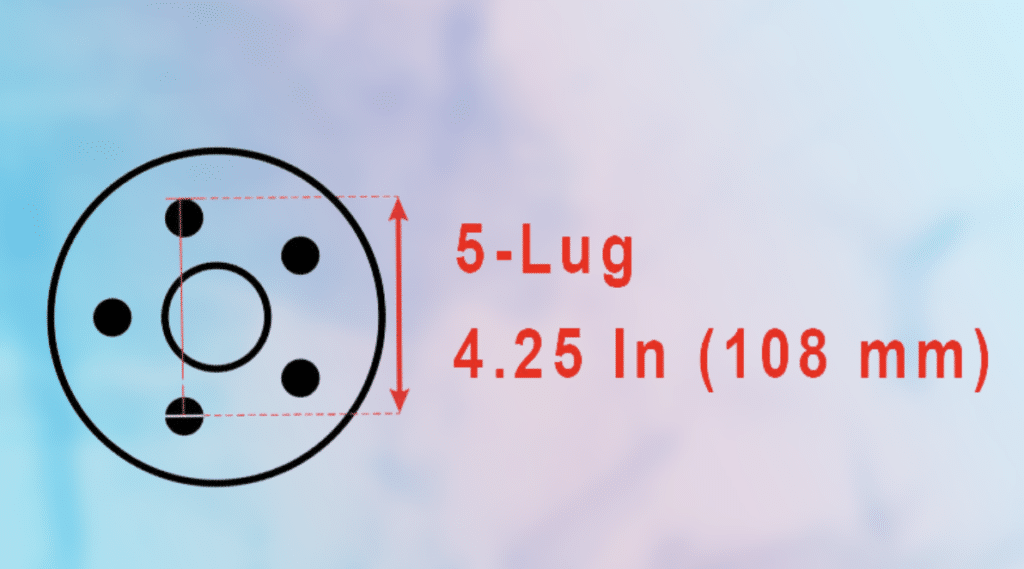
The 5×108 bolt pattern is a wheel configuration where “5” represents the number of lug holes, and “108” indicates the diameter in millimeters of the circle formed by these holes.
To measure this pattern accurately, since it has 5 lugs, you’ll need to measure from the back of one lug hole to the center of the second hole across.
This pattern is commonly found on various vehicles, particularly European models, and requires precise measurement to ensure proper fitment.
A bolt pattern gauge is recommended for the most accurate results, though careful measurement with a metric ruler can work.
Understanding this pattern is crucial for wheel selection, as incorrect measurements can lead to improper wheel fitment and potential safety issues.
Choosing Wheels for 5×10 Bolt Pattern
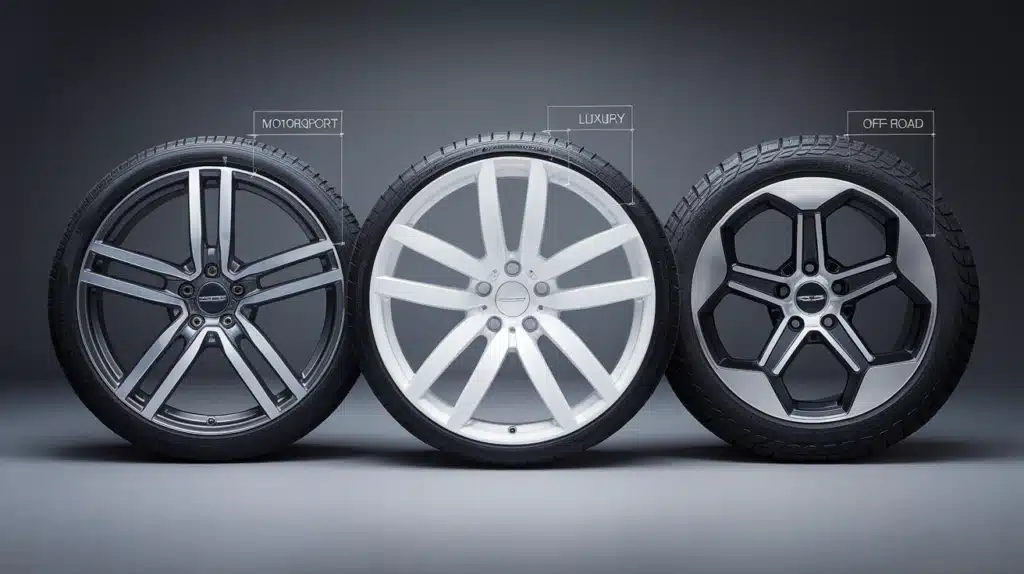
When selecting wheels with a 5×108 bolt pattern, several factors need consideration beyond just the bolt pattern match.
The wheel’s offset, typically 30mm to 45mm for this pattern, is crucial in fitment and performance.
Center bore diameter, commonly between 63.4mm and 73.1mm, must match your vehicle’s specifications for proper centering.
Available in various sizes, from 17-inch to 20-inch diameters, these wheels come in different styles and finishes from reputable manufacturers like fifteen52, Konig, and Method Wheels.
Material choice is also important – most 5×108 wheels are crafted from lightweight aluminum alloys, offering a balance of durability and performance while reducing unsprung weight.
Benefits Of the 5×108 Bolt Pattern
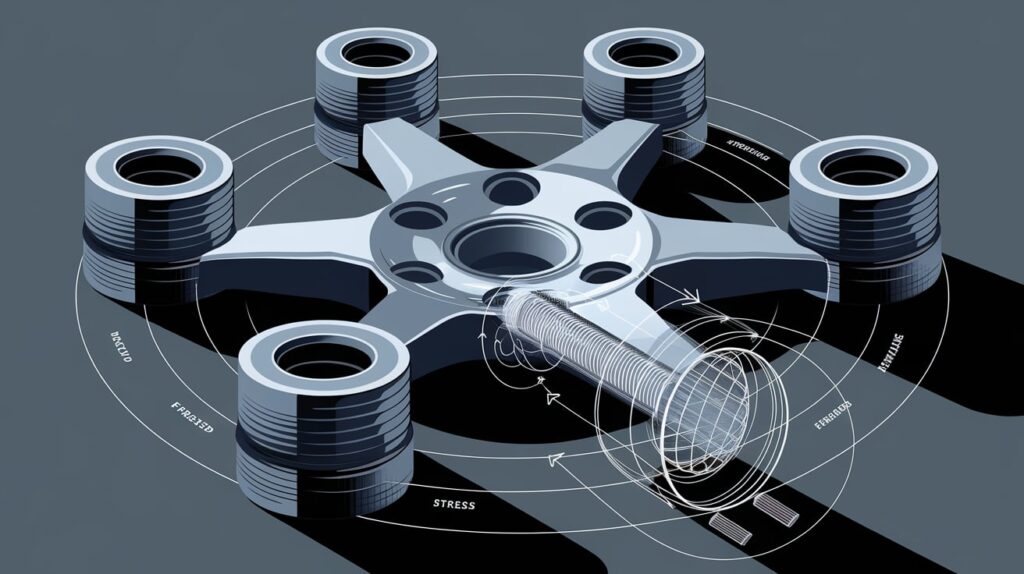
The 5×108 bolt pattern offers several advantages for vehicle owners. Its five-lug design provides excellent stability and load distribution, making it suitable for various vehicle types, from sedans to SUVs.
This pattern’s widespread adoption by manufacturers ensures a broad selection of aftermarket wheels, giving owners extensive customization options.
The 108mm bolt circle diameter balances structural integrity and weight distribution, contributing to improved handling characteristics.
The pattern’s popularity also means competitive pricing and readily available options in different styles, finishes, and sizes.
This standardization also makes it easier to find replacement wheels and helps maintain resale value, as the pattern is widely recognized and trusted in the automotive industry.
Applications of 5×108 Bolt Pattern

The 5×108 bolt pattern is widely adopted across various vehicle manufacturers, particularly in European and American models.
This pattern is common in Ford vehicles, including the Mach-E and numerous Volvo models. The versatility of this pattern allows for extensive wheel options, from daily driving applications to performance-oriented setups.
Manufacturers like fifteen52, Method Wheels, and Konig offer specialized applications ranging from 17-inch to 20-inch wheel sizes to accommodate different vehicle types.
The pattern’s widespread use in passenger cars and crossover SUVs demonstrates its versatility and reliability.
This standardization across multiple manufacturers has made it a preferred choice for OEM and aftermarket wheel applications.
How To Install 5×108 Bolt Wheels?
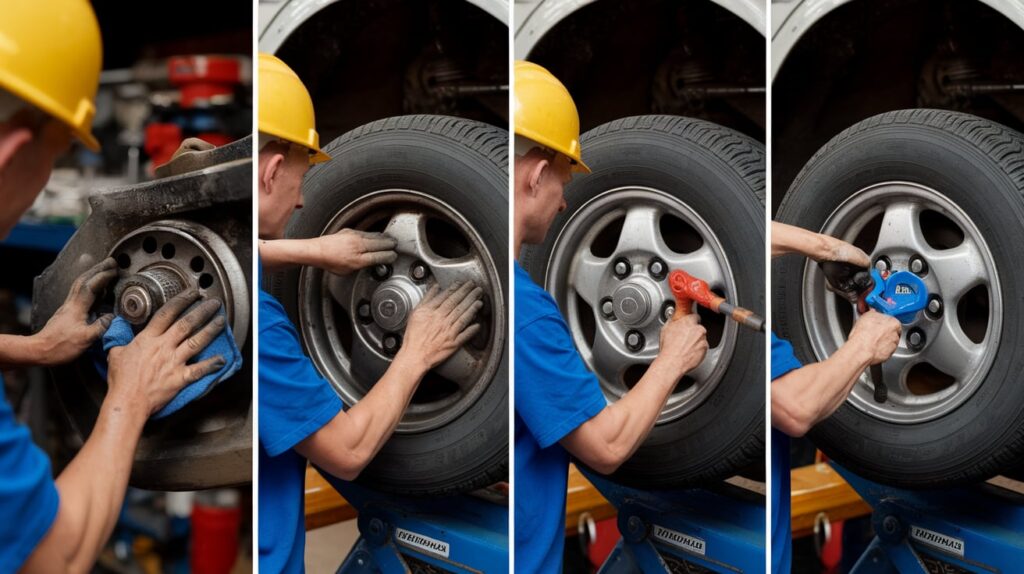
Installing 5×108 wheels requires careful attention to detail and proper technique. Begin by ensuring the hub surface is clean and free of rust or debris.
Check that the wheel’s center bore matches your vehicle’s hub diameter – common sizes range from 63.4mm to 73.1mm.
If necessary, use hub-centric rings to ensure proper centering. When mounting, hand-thread all lug nuts before using a torque wrench to avoid cross-threading. Follow a star pattern when tightening lug nuts to ensure even pressure distribution.
The installation process should include checking wheel offset (typically between 30mm and 45mm) and ensuring proper clearance for brake components. Always verify wheel balancing after installation.
Mistakes to Avoid While Installing Wheels
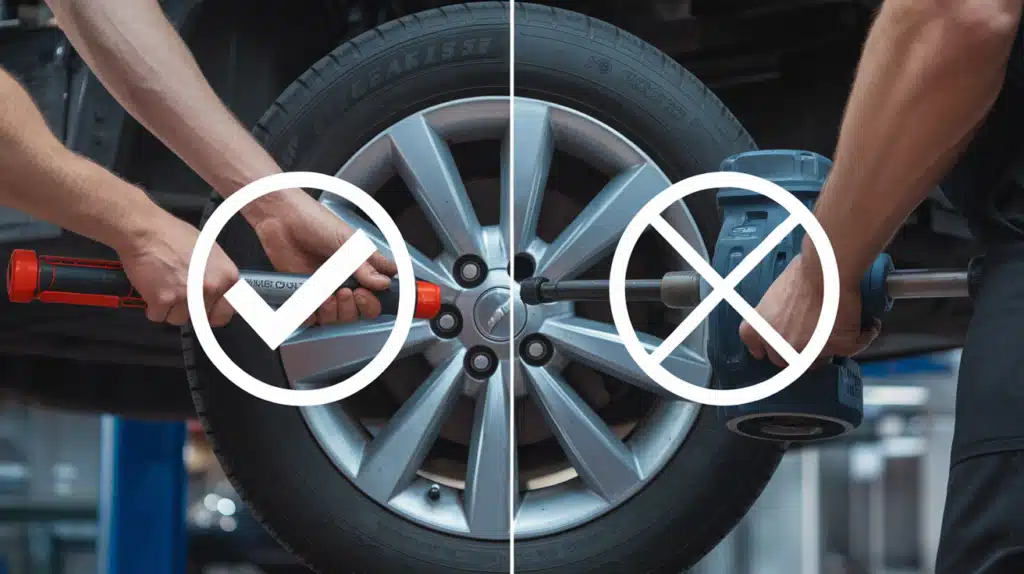
Common installation errors can lead to serious performance and safety issues with 5×108 wheels. One critical mistake is failing to torque lug nuts to manufacturer specifications properly – under-torquing can lead to wheel loosening while over-torquing can damage threads or studs.
Another frequent error is neglecting to use hub-centric rings when required, which can cause vibration and uneven wear.
Improper wheel alignment following installation can lead to handling issues and premature tire wear. It’s also crucial to avoid using impact wrenches for final tightening, as this can lead to inconsistent torque values.
Always double-check clearances for brake calipers and suspension components to prevent interference issues during operation.
Maintaining the 5×108 Bolt Pattern
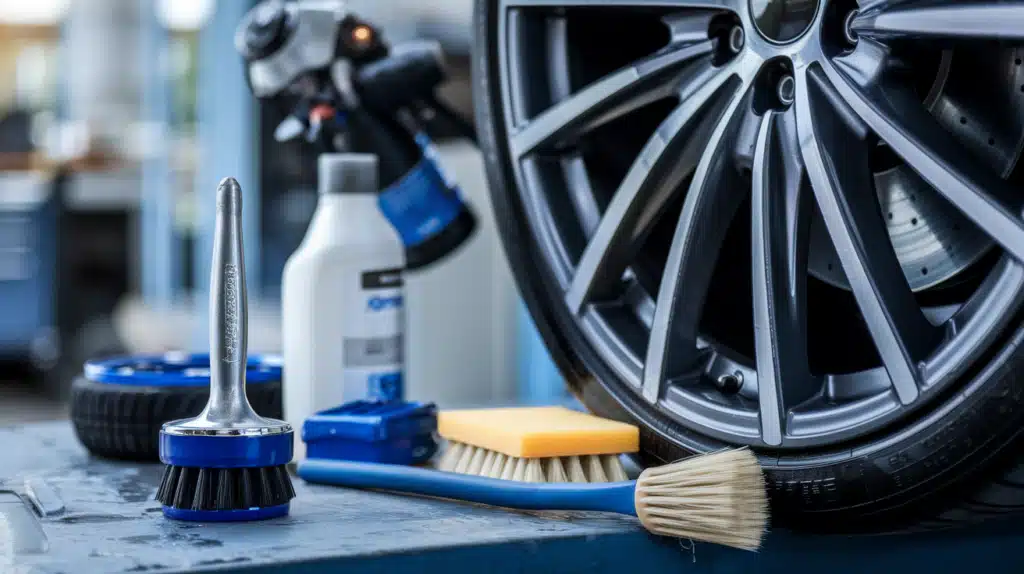
Regular maintenance is crucial for extending the life and performance of your 5×108 bolt wheels. Start by cleaning them thoroughly every few weeks using wheel-specific cleaners and soft brushes to remove brake dust, road grime, and other contaminants that can cause corrosion.
Inspect the bolt holes and lug nuts regularly for signs of wear, rust, or damage. Check that the torque specifications remain within manufacturer recommendations – typically, this should be done every 5,000 miles or when seasonal changes occur.
During winter, pay special attention to protecting the wheels from salt damage by applying a protective sealant or ceramic coating.
When storing wheels seasonally, please keep them in a climate-controlled environment and use wheel bags to prevent dust accumulation.
Remember to rotate your wheels according to your vehicle’s maintenance schedule to ensure even wear and optimal performance.
Vehicles Using 5×108 Bolt Pattern
The 5×108 bolt pattern is commonly found across various vehicle manufacturers, particularly in European models and some American vehicles.
This versatile wheel fitment has become a standard choice for manufacturers focusing on reliability and performance in their mid-range to premium vehicle segments.
1. Ford Focus ST/RS (2013-2018)
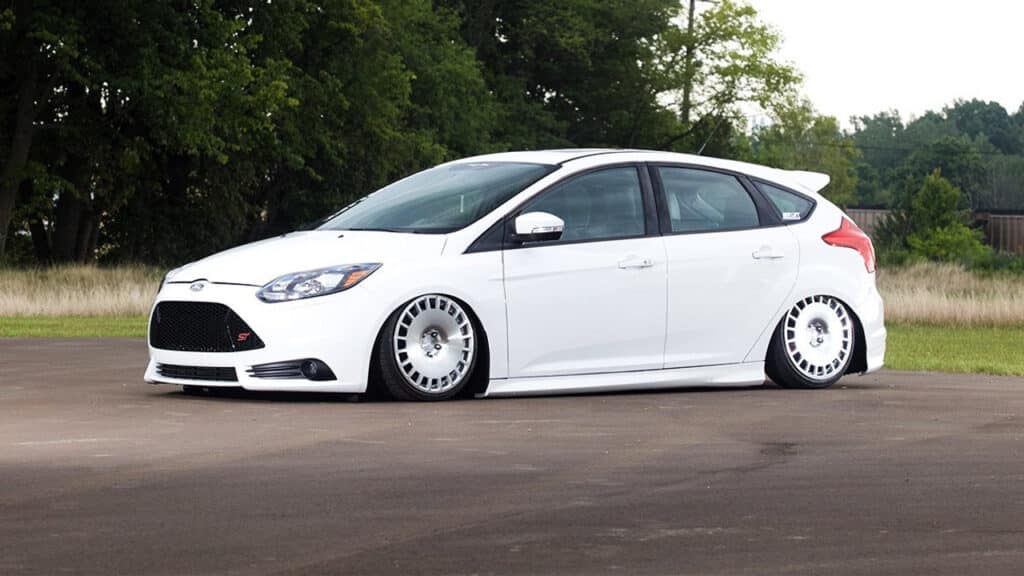
- Engine options: 2.0L EcoBoost turbocharged engine
- Stock wheel size: 18-inch alloys with 5×108 bolt pattern
- Recommended tire width: 235/40R18
- Center bore diameter: 63.4mm
- Compatible with most 5×108 aftermarket wheels with 40-45mm offset
2. Volvo S60 (2019-present)

- Engine options: T5 2.0L turbo or T8 hybrid powertrain
- Factory wheel sizes: 17-19 inch with 5×108 configuration
- Center bore specification: 63.4mm
- Optimal wheel offset range: 38-50mm
- Standard tire size: 235/45R18 or 235/40R19
3. Ford Mach-E (2021-present)
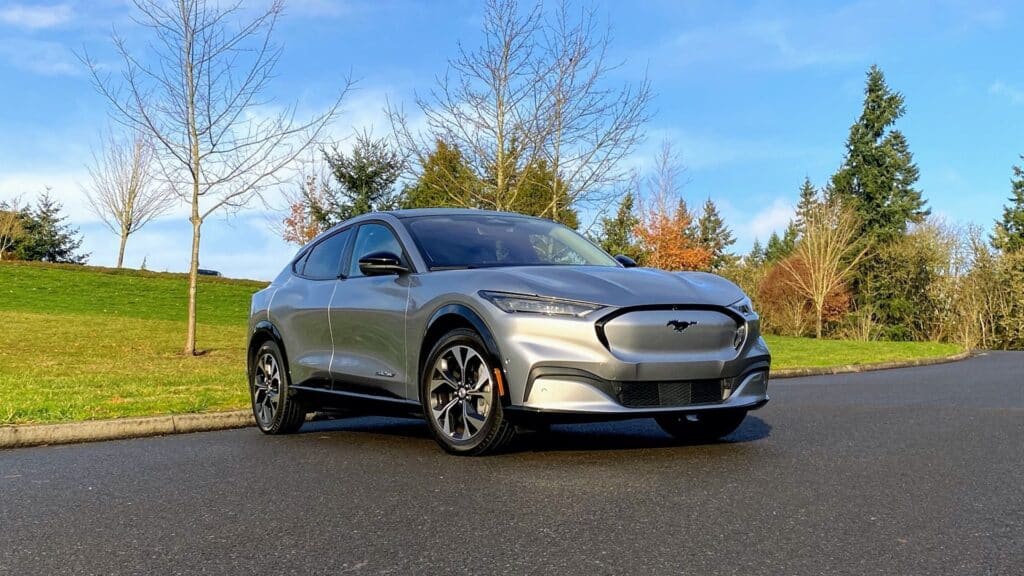
- Electric powertrain with various battery configurations
- Stock wheel sizes: 18-20 inches with 5×108 pattern
- Center bore: 63.4mm
- Standard offset range: 30-45mm
- Factory tire sizes: 225/60R18 to 245/45R20
4. Volvo XC60 (2018-present)
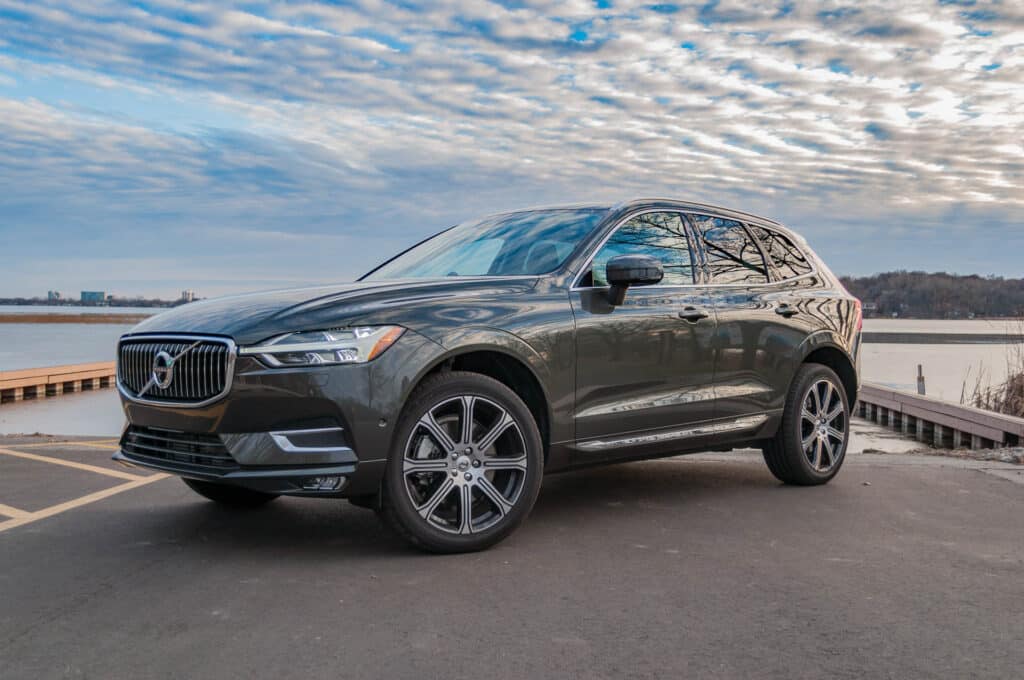
- Multiple engine options, including hybrid powertrains
- OEM wheel sizes: 18-22 inch diameter options
- Center bore specification: 63.4mm
- Recommended offset: 35-45mm
- Standard tire sizes: 235/60R18 to 255/40R21
Conclusion
The 5×108 bolt pattern remains a versatile and reliable choice for vehicle owners, offering numerous advantages in stability, load distribution, and customization options.
When selecting wheels with this pattern, remember to consider crucial factors beyond just the bolt configuration – pay attention to wheel offset (typically 30-45mm), center bore diameter (63.4-73.1mm), and proper fitment for your specific vehicle model.
The pattern’s widespread adoption by major manufacturers ensures a competitive market with diverse wheel options and styles.
Regular maintenance, correct installation procedures, and attention to torque specifications will maximize your wheels’ performance and longevity.
When you’re driving a Ford Mach-E or a Volvo XC60, understanding these fundamentals will help you make informed decisions and maintain durable wheel performance for years.


